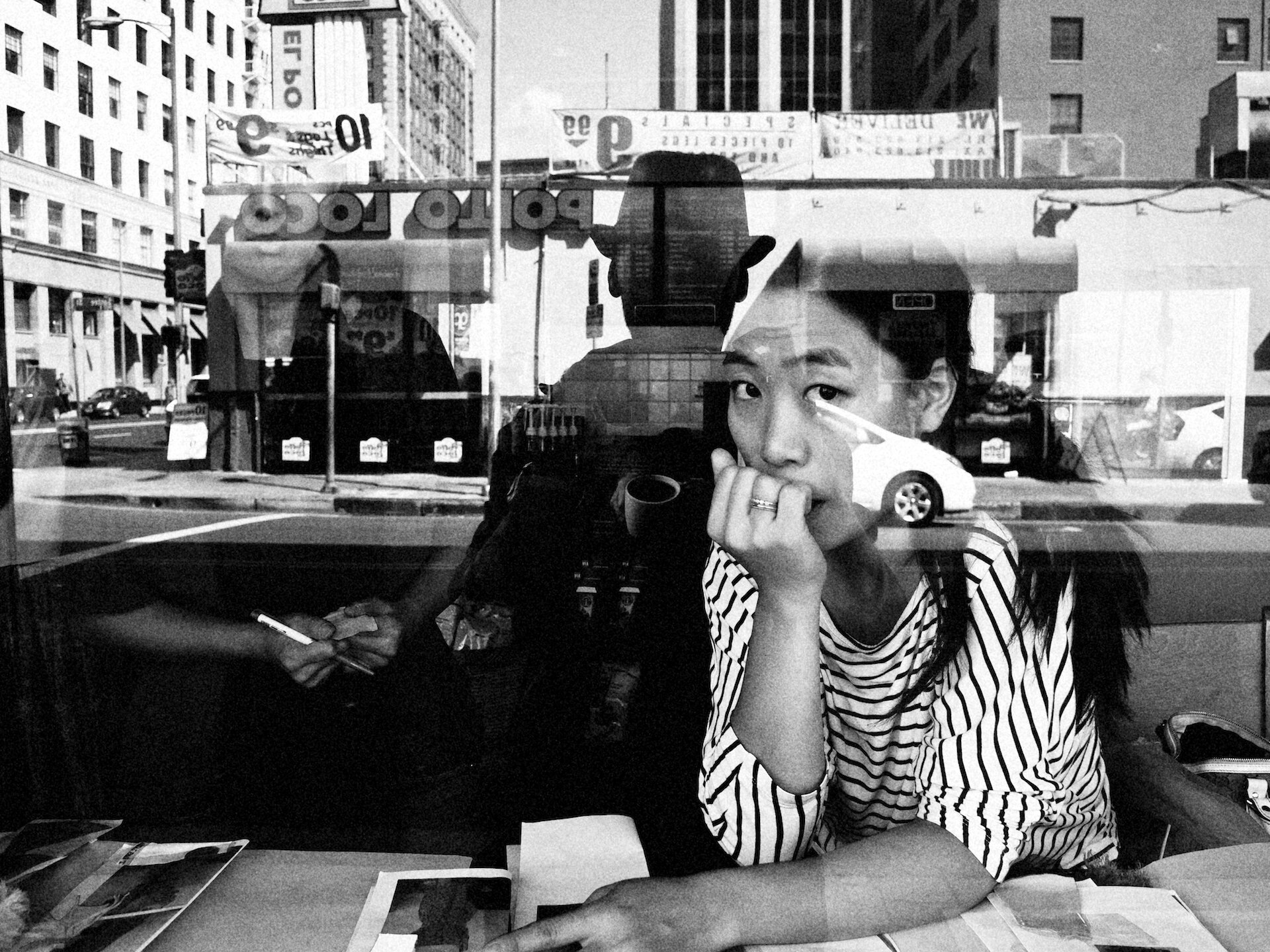Considering Micro Four Thirds mirrorless system in 2023
Can we consider in 2023 the Micro Four Thirds system? I'm doing it to the point where I think the next camera is a Lumix.
This photograph, probably my most famous photo, I took with an Olympus Pen E-P1 with its 17mm pancake. Exhibited in various galleries around the world, it certainly did not disfigure with photos taken with cameras considered superior. I became a correspondent and professional photographer with the mirrorless one. I also had a Panasonic Lumix GF2 even though I haven't actually used it much.
Micro Four Thirds cameras are in my direct experinece a great choice because they offer excellent image quality, are lightweight and compact, and have a flexible system that allows you to combine camera bodies and interchangeable lenses from different manufacturers, for example Leica, of which Panasonic is a partner.
The micro 4 3 system isn't perfect, quite the contrary. It imposes compromises, but then observe the full advantage of lenses that are very small and ultra-light even when telezoom. This is exactly where th Micro Four Thirs system wins.
Let me talk about the disadvantages of Micro Four Thirds: the main cons is that this system has low light capabilities. The sensor size has a 2x crop factor compared to Full Frame and this means that the light-sensitive area is absorbing less photons. M4/3 are up to 2 stops less effective in low light conditions. This basically means that a lens declared F2 is actually F4. For many photographers this is a big NO to consider this system. I say that this is not a real issue, and I affirm this also in consideration that I know colleagues that are into wedding photographing with Olympus OMD that is…mirrorless. Are you afraid becaise shallow depth of field and bokeh is not that great as in full frame, medium format or even APS-C sensor cameras? Fine. But I argue that for travel, landscape and street photography Micro Four Thirds is still a great option.
I am a photographer that I love to work with light cameras. I am a photographer that is a street photographer most of the time. I love pancake lenses.
Another issue of Micro Four Thirds system is that Auto Focus is not fantastic (euphemism) but it was never a real problem to me. I made the photo you see above. I made my Reality Remade project with that Olyympus Pen. And the first Olympus Pen was very slow in AF, expecially before the firmware update. Anyway talking about me I would have again a Micro Four Thirds camera to use in manual focus and using the zone focusing technique.
Sure ten years ago Micro Four Thirds was the only real alternative to DSLRs in order to count with lightweight bodies and lenses. Technology advance surely allowed to APS-C system cameras to conquer the field of mirrorless. To the point they won the battle, but looking to the most of lenses in APS-C system I see a lot that transform a small and light body in something unbalanced, unconfortable and not ergonomic to use.
I am such a photographer that is not afraid to make compromises and I think my only interest is responding to my preferences when I have to work with cameras. This means that I want use what suits myself, my style of working and approach, my ergonomics, and…my budget. About this last speech, declaring recently that I am thinking to going MICRO FOUR THIRDS on twitter:
“I think in future I will back to micro 43. And the reasons are:
- 4:3 native aspect ratio;
- Smaller and lighter lenses;
- Cheaper than APS-C cameras;
- Great IQ;
- Funny to work with; ”
I received a reply that Micro Four Thirds is quite expensive and not cheap. Maybe I forgot to mention that I am not looking for the last diva on the market. I will buy my camera on the second hand market, and I know that for a 16mpx sensor mirrrorless the prices are affordable for my budget. Of course I am looking for small bodies, especially for my street photography. in particular I listed:
PANASONIC LUMIX
GX80/85
GX9
G7/G9
OLYMPUS
Pen F


